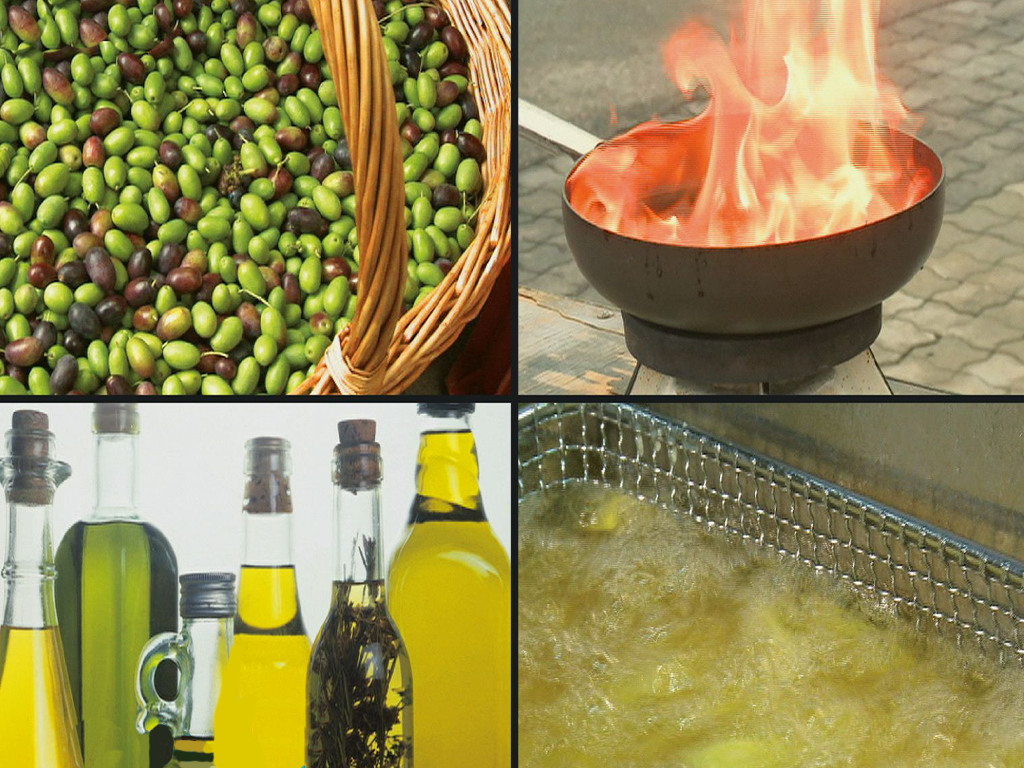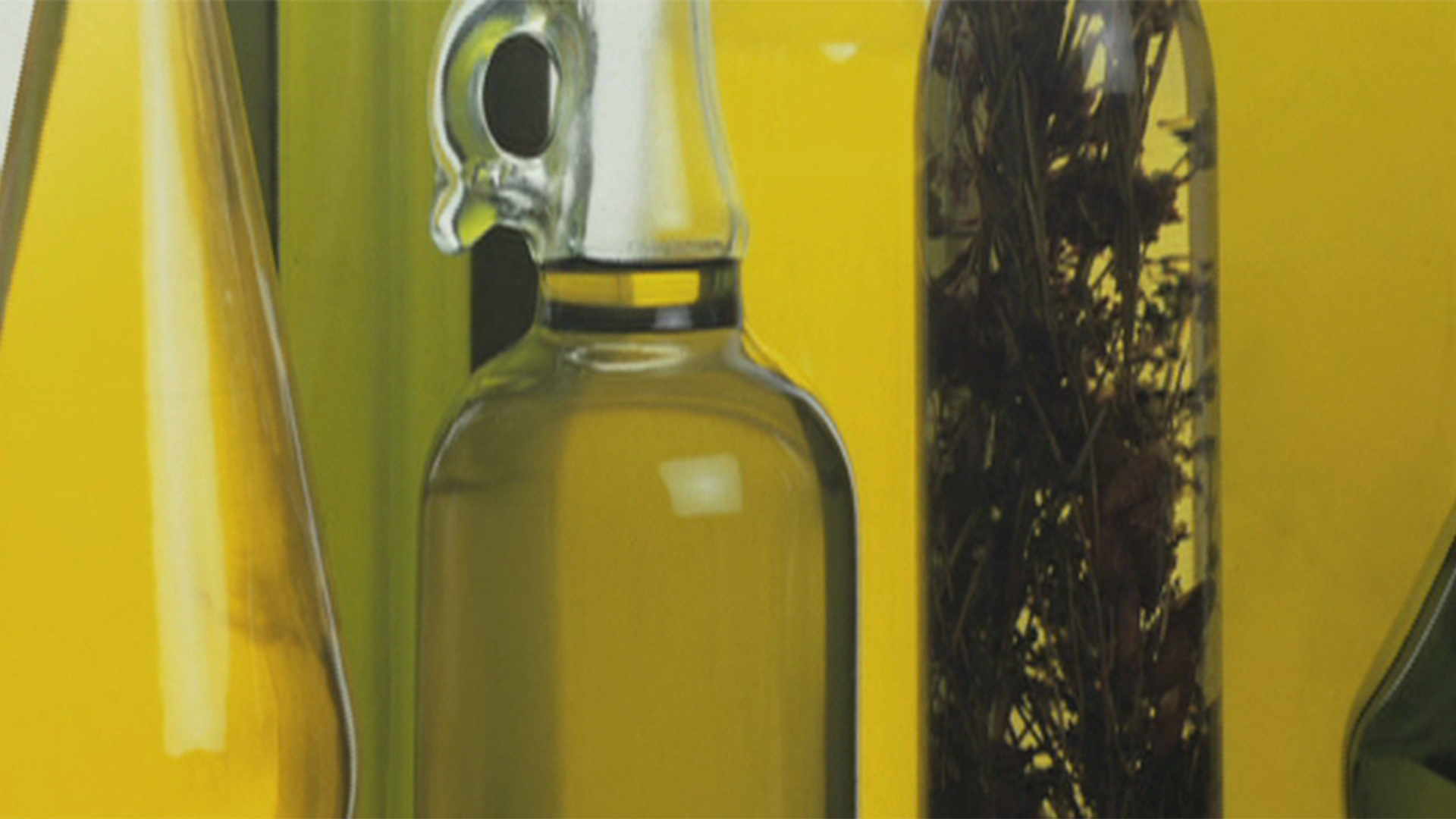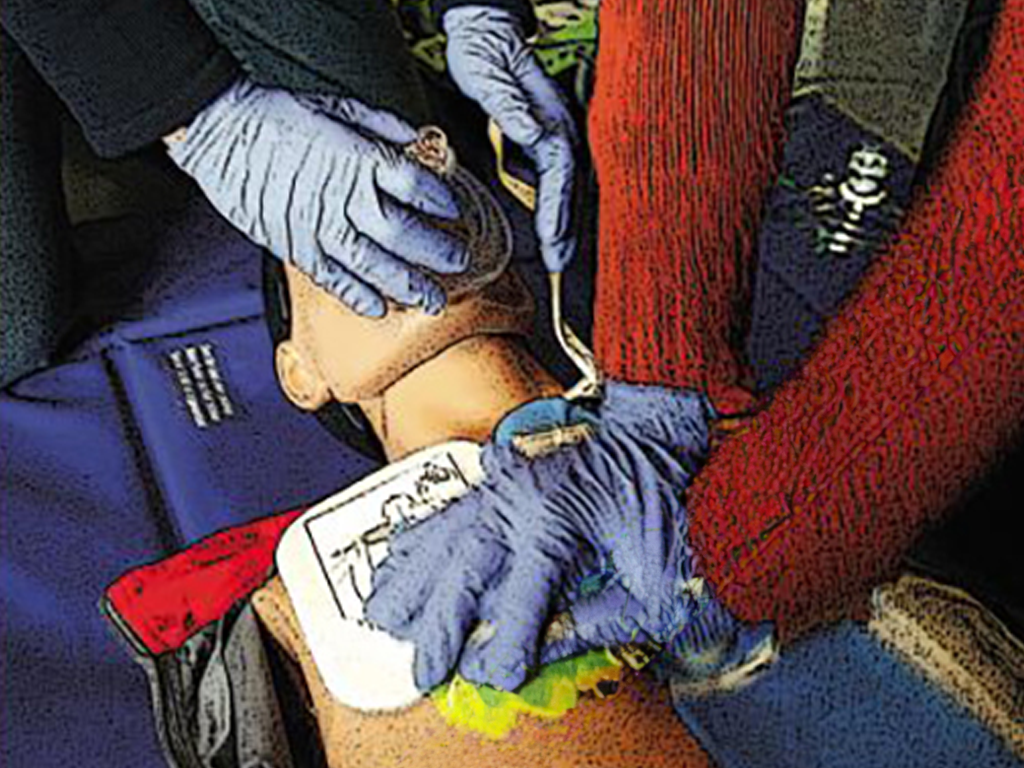 Biologie
Biologie

4668260 / 5559751
Fette und Öle
Nutzen und Risiken
Das Verhältnis zu Fett ist zwiespältig. Die einen streichen es aus ihrer Ernährung, die anderen geben horrende Summen für kaltgepresstes Olivenöl und seltenes Arganöl aus, um gesunde Fette zu sich zu nehmen. Dabei braucht der menschliche Organismus Fett um richtig funktionieren zu können. „Schau dich schlau!“ nimmt Öle und Fette wie Oliven- und Sonnenblumenöl, Butter und Margarine unter die Lupe und zeigt, warum unser Körper darauf angewiesen ist um seine volle Leistung bringen zu können. Joey Grit Winkler und Fero Andersen wühlen sich durch den Ernährungsdschungel und entlarven typische Fettfallen. Von welchen Produkten sollte man die Finger lassen, weil sie viel fetter sind als wir annehmen? Je besser ein Gericht schmeckt, desto mehr Fett beinhaltet es in der Regel. Denn Fett ist ein Geschmacksverstärker. So zum Beispiel in Käse und Wurstsorten, aber auch in Gerichten wie Pommes oder Fischstäbchen, die frittiert werden. Um nicht auf diese Leckereien verzichten zu müssen, zeigt Fero Andersen wie man richtig frittiert und dabei nicht mehr Öl als nötig verwendet. Wer mit Fett brät, läuft bei falschem Umgang schnell Gefahr, eine Explosion oder einen Brand zu entfachen. Deshalb zeigt „Schau dich schlau!“, wie sich dieses unnötige Risiko vermeiden lässt und wie – sollte der Fall doch eintreten – ein Fettbrand gelöscht werden kann.
Trailer abspielen
Lehrplanzentral und an den Bildungsstandards orientiert
Passend dazu
Resuscitation
It can happen to anyone – of any age, in any place, at any time. Sudden cardiac arrest may quickly prove fatal. Immediate action is called for! Just remember: Check Call Press Anyone can do it. You can't do anything wrong!
Internet Addiction
The film consists of two parts. The first part is the 15-minute short film “In the Net”. It describes the problem of excessive Internet use in a humorous way, in particular the risk of losing touch with reality when chatting. The second part illustrates with three real persons how Internet addiction can develop and the problems encountered by those who are afflicted. The authentic statements are commented by an experienced therapist. For many pupils, the issues addressed here are related to their everyday lives. What is a “sensible” use of the Internet, where does pathological addiction start? In contrast to addiction to alcohol, nicotine or drugs, the public seems to be largely ignorant of the problem of this addiction, which is not related to any substance abuse. The film provides material for discussion in the classroom (crossdisciplinary) and can be used as a basis for the formulation of prevention strategies.
Blogging
The weblog or blog, for short, as a medium is not much older than this century. Blogs came into being in the World Wide Web as ’messages from below’, as web pages from web creators who wanted to share their view of the world with the world. They are short notes, long texts, pictures, videos, which are posted loosely and at random intervals to the world for an undefined public.










